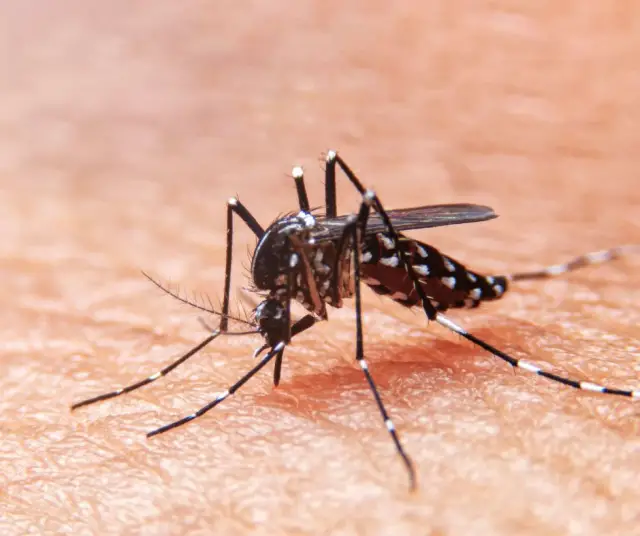Dengue, a mosquito-borne viral disease, has been on the rise around the world, posing a serious threat to public health in many countries. This virus, which belongs to the Flaviviridae family and is transmitted by the Aedes aegypti mosquito, has been the subject of increasing concern due to its rapid spread and its impact on the health of millions of people in all regions of the world.
What is dengue?
Dengue, a mosquito-borne viral disease, is a persistent threat to public health around the world. It is an acute infection caused by one of the four serotypes of the dengue virus, DEN-1, DEN-2, DEN-3 and DEN-4, transmitted mainly by the Aedes aegypti mosquito. This virus has gained global attention due to its rapid spread and its ability to cause everything from mild symptoms to severe and life-threatening forms of the disease.
The endemic areas for dengue are mainly tropical and subtropical regions, where environmental conditions are conducive to the reproduction of the mosquito vector. Dengue is transmitted to humans through the bite of infected mosquitoes, which have previously acquired the virus by feeding on an infected person. This transmission cycle can trigger epidemic outbreaks in densely populated areas with poor vector control infrastructure.
Causes and Transmission
Dengue is endemic in more than 100 countries, mainly in tropical and subtropical regions of the world. Ideal conditions for the spread of dengue include warm, humid temperatures, as well as the presence of standing water where mosquitoes can breed. This makes densely populated urban areas especially prone to dengue outbreaks.
Transmission of the dengue virus occurs through the bite of infected mosquitoes. Once an Aedes aegypti mosquito becomes infected by biting an infected person, it can transmit the virus to other people by biting them. This cycle of transmission can lead to dengue outbreaks in communities where there is a high density of mosquitoes and a lack of adequate control measures.
Symptoms and Diagnosis
The symptoms of dengue can range from a mild fever to a serious, life-threatening illness. Typical symptoms of dengue include high fever, severe headache, pain behind the eyes, muscle and joint pain, nausea, vomiting, rash, and fatigue. In more severe cases, dengue can cause serious complications, such as bleeding, shock, and organ failure.
The diagnosis of dengue is typically made through laboratory tests that detect the presence of the virus or antibodies against it in the patient's blood. These tests may include polymerase chain reaction (PCR) tests, IgM and IgG antibody tests, and other specialized laboratory techniques.
Treatment and Management
Currently, there is no specific treatment for dengue. Management of the disease focuses on relieving symptoms and preventing serious complications. Patients with mild dengue can be treated with supportive measures, such as rest, adequate hydration, and medications to reduce fever and pain. However, in more severe cases of dengue, especially those involving complications such as dengue shock syndrome, hospitalization and intensive medical treatment may be required.
Prevention and Control
Dengue prevention is based on measures to control the population of Aedes aegypti mosquitoes and reduce people's exposure to the bites of infected mosquitoes. This may include removing mosquito breeding sites such as containers of stagnant water, using insect repellents, screens on windows and doors, and fumigating affected areas to reduce the mosquito population.
In addition to mosquito control measures, innovative strategies to prevent dengue transmission, such as vaccination, are also being explored. There is currently an approved vaccine to prevent dengue in some countries, although its effectiveness varies depending on the virus serotype and other factors. Continued research into the development of new vaccines and approaches to prevent and control dengue is essential to combat this disease.
Challenges and Future
Despite prevention and control efforts, dengue remains a major public health concern worldwide. Rapid urbanization, climate change and globalization are factors that can contribute to the spread of dengue and increase the risk of outbreaks in new areas. Additionally, lack of access to adequate healthcare and limited resources in many affected countries may hinder the ability to control the disease.
To address these challenges, a globally coordinated response is needed that includes mosquito control measures, improved access to medical care and treatment for dengue patients, continued research on vaccines and antiviral therapies, and efforts to educate the public about the dengue prevention and the importance of seeking early medical attention in case of symptoms.
With a combination of mosquito control measures, medical research and public education, we can work together to combat dengue and reduce its impact on affected communities.
